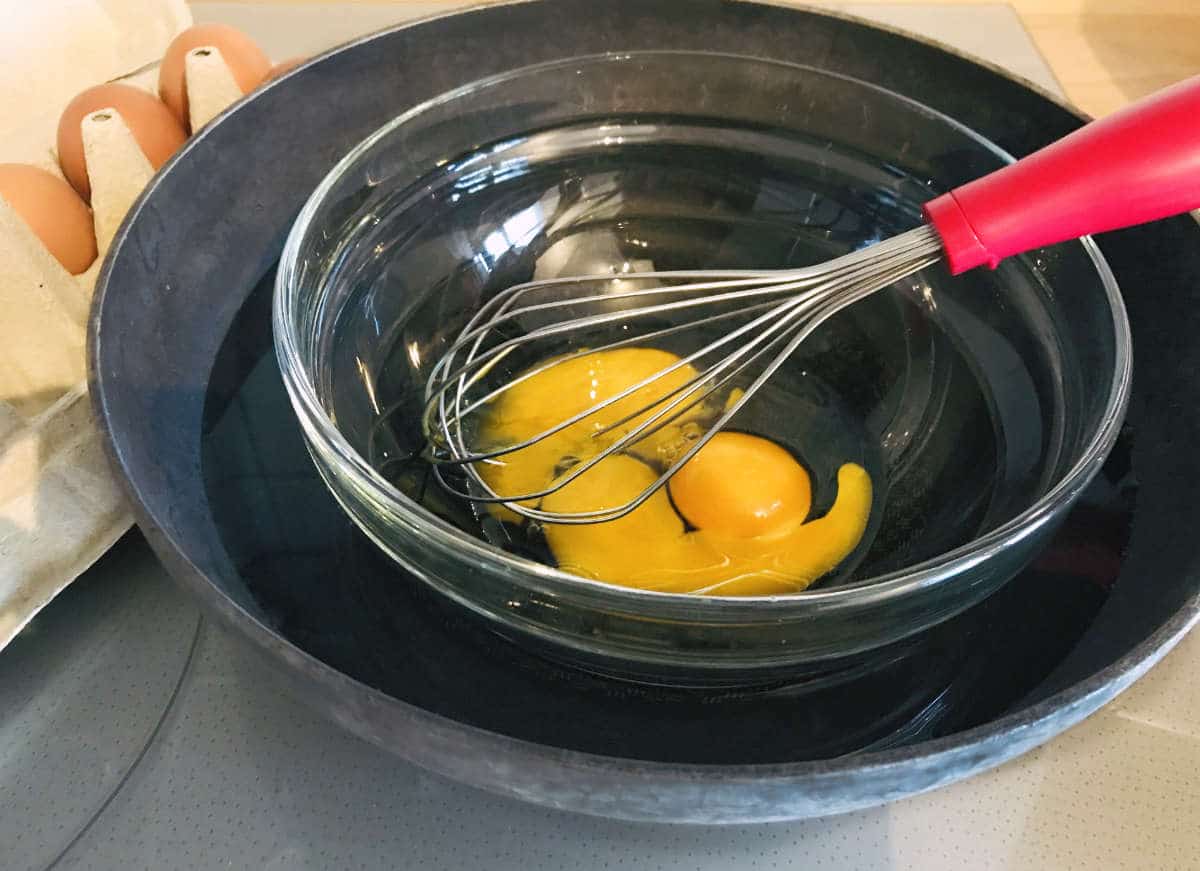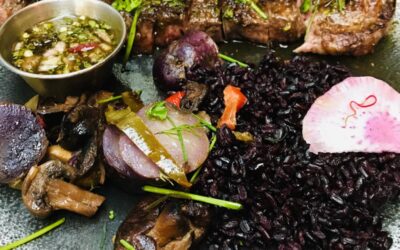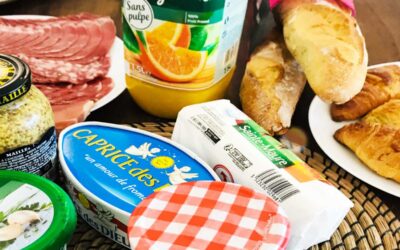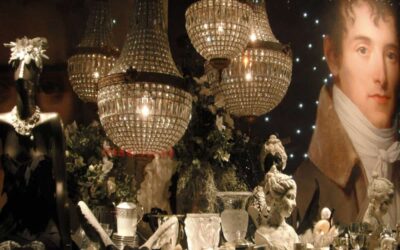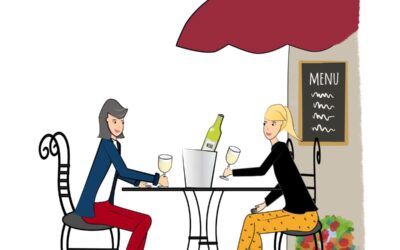If you are looking at a French recipe, one of the things that you might see casually thrown about is the dish requires making a bain marie. Which sounds a whole lot more intimidating that it actually is.
A bain marie is simply a hot water bath and it’s used to cook foods such as custards, rice, and sauces at a low temperature. The concept is often used in chemistry labs for delicate experiments as a water bath, but the term bain marie in French typically refers to cooking not chemistry.
It comes the Latin term balneum Mariae dating back to the middle ages which means “Mary’s bath”. It refers to Mary the Jewess, who was an alchemist who lived around the 3 AD in what is now Alexandria in Egypt. It is she who is credited with inventing this technically precise heating method.
Make your own bain-marie is as simple as using a bowl, some hot water, and a pan on a stove. In other words, despite sounding like something rather complex, it is very easy to accomplish at home.
So let’s get to understanding what exactly a bain marie is and how it works, shall we? Allons-y!
What is a bain marie?
A bain-marie is a cooking technique that is used to warm and very lightly cook foods, without putting it on an open flame. It is used instead of an open flame because if you put them directly into a pot or pan with boiling water they’re likely to burn and curdle.
Sometimes called a bain chaud (meaning “hot bath”), it involves placing your preparation bowl in a bigger dish that contains hot water, and is often referred to as a double boiler. The goal is to allow for a gently indirect heat as a delicate cooking method, to retain the taste and nutrients of the food.
It can also be used to keep food warm for guests. If you have ever been to a buffet or a large event where food is served, you will notice that there is an inner tray that is sitting inside one that is slightly larger.
And when the inner tray is taken away to be refilled, you will note that the outer tray is usually filled with water, with a small burner underneath. Essentially, this is a bain marie.
How much water does a Bain Marie need?
There is no precise science as to how much water the bain marie water bath needs. Usually, around 3-4 cm of water is sufficient in the larger dish for the smaller dish to be sitting in comfortably, without overflowing.
Make sure that it is at least close to the level the mixture in the smaller bowl, so that it cooks evenly at the top and bottom.
What recipes are cooked in a Bain Marie?
One of the most famous French sauces requiring a bain marie is the traditional hollandaise recipe. In order to get the eggs and butter to emulsify (i.e. to combine) the eggs need to be warm, but not too warm. So placing it on the stove is out of the question.
The technique involves slowly combining the eggs and the melted butter while the mixing bowl is in the bain marie.
Another classic is the pâté which is set by cooking lightly in a bain mairie for 3 hours. You can also use it to make lightly scrambled eggs (oeufs brouilles).
Other recipes using a bain marie include:
- custards
- cheesecakes
- chocolate dulce de leche
- Swiss meringues
How hot should the water be?
The temperature of the water depends on the recipe being prepared. For example, for the hollandaise saunce the temperature of the water for a bain marie should not exceed 150°F (65°C), as the eggs will start cooking, and you will have scrambled eggs instead.
On the other hand, for a pâté, the water is heated to typically around 300°F (150°C) in temperature, as the pâté will sit in the bain marie for 3+ hours and will cool over that period.
For the Swiss meringue, it is around 125°F (50°C). So if the recipe you are following doesn’t provide the temperature of the bain marie water bath, you could have some very interesting results!

If you enjoyed that article, you may enjoy reading about some French cooking basics here. A bientôt!
